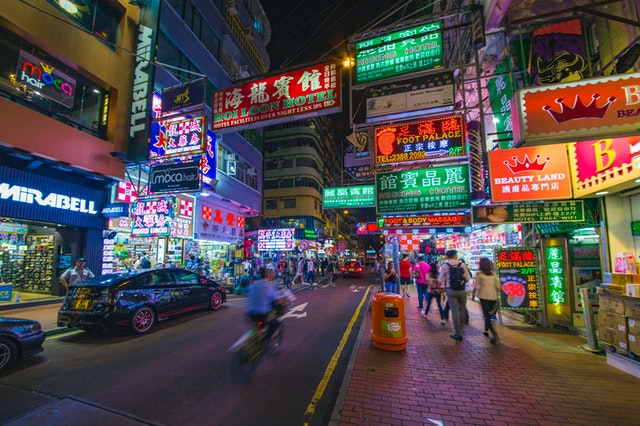
While many traditional advertising mediums have not survived the digital age, billboards have adapted to the times and are still one of the most popular ways to advertise.
Digital billboard advertising refers to using billboards that display digital images that change every few seconds to advertise different businesses. They are also used for public service announcements.
Because there are so many daily commuters in the San Francisco Bay Area, digital billboards can be used to advertise to diverse people. You can also target your advertisements by market, neighborhood, and demographic. This ensures that your ad reaches the right people.
This article discusses digital billboards in San Francisco and the technology behind them.
Digital billboards
Billboards are no longer used only to inform drivers which gas station or restaurant is at the next exit. Thanks to the online marketing boom, billboards can be used for so much more, especially in densely populated cities. Today, billboards make up 66% of out-of-home ads, which are ads that you see outside of your home.
Digital billboards use computers to show images on billboards that can be changed to show other advertisements. On average, ads rotate every eight seconds. This still gives your business maximum exposure. Flexible scheduling allows you to reach your target customers.
Digital billboards range from $2,500 to $8,000 a month per ad. Instead of paying per month, you can also pay daily or weekly rates. This can be a great investment for any business, as digital billboards are the most effective type of OOH advertising.
Digital billboards in San Francisco
San Francisco is the second-most densely populated city in the United States. It is also the home of all things technology, online, virtual, and digital.
Using digital billboard ads can help a business reach a considerable population, including tourists that visit San Francisco. Digital ads are placed all over the city and are visible from side streets to alleyways.
The possibilities for advertising in this city are limitless. Using billboards near famous attractions in San Francisco can be an effective way to increase exposure for your business.
One surefire way to reach a large audience is to use a digital billboard on Interstate 80 and US Route 101. This will allow your ad to reach locals and tourists in the San Francisco area. With so many advertising options, you are guaranteed to reach thousands of people.
The technology behind digital billboards
With today's technology, standard billboards have evolved to the point that advertisers can track some of the same metrics with a billboard as with a digital ad.
Geopath uses innovative market research, consumer insight, data, technology, and media research to analyze audience location. This allows businesses to utilize billboard ads to make the most out of out-of-home advertising.
Third-party data providers also collect information such as weather and traffic conditions to change digital billboards. For example, data showing cold weather will change an iced coffee ad to a hot coffee ad. Or if there is traffic, ads will show things like prepped meals or fast takeout for those who are late getting home.
Anonymized, location-based mobile data makes it easy for out-of-home ads to target a very specific audience. This leads to a rise in online search traffic of businesses that use digital billboards.
The most popular digital billboard ads are tech companies such as Google, Amazon, Netflix, and Apple.
Digital billboards are still an effective way to advertise. With today's technology, they are even more relevant than they used to be. They are more affordable than TV ads and can be just as effective.
You can find and book billboards at San Francisco Billboards.
* This is a contributed article and this content does not necessarily represent the views of techtimes.com









